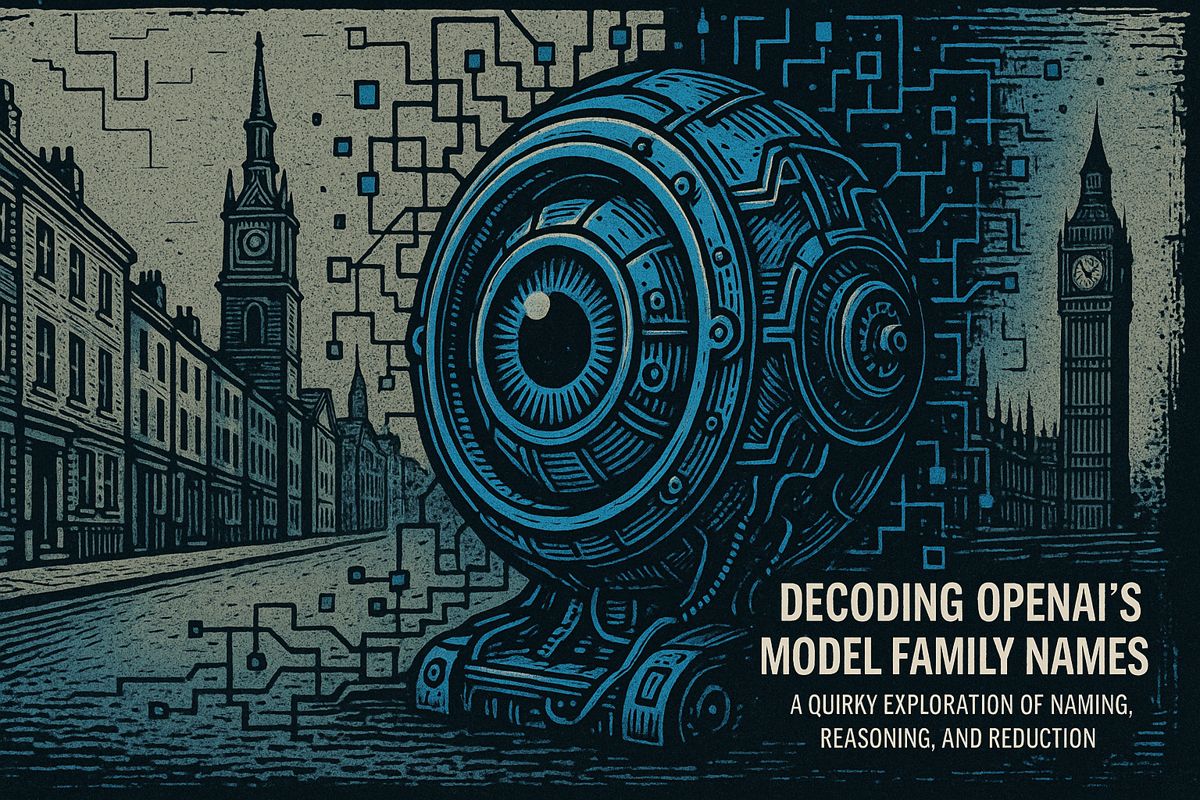AI works like a mirror for organizations, helping teams see their hidden mistakes and assumptions. By mixing AI feedback with human reviews, groups can improve products faster and feel more sure about their choices. Using AI as an early warning tool, organizations can catch problems sooner and learn more about how they think. When people challenge AI suggestions instead of just accepting them, they boost their critical thinking. The biggest benefit of AI is how it helps teams ask better questions and improve together.
How does AI serve as a mirror to improve organizational decision-making?
AI acts as an interactive mirror for organizations by exposing hidden biases, flawed assumptions, and gaps in reasoning. When teams pair AI-generated critiques with human review, they achieve faster product iterations, spot issues earlier, and boost confidence in final decisions, refining overall organizational intelligence.
AI systems have quietly shifted from mere software into interactive mirrors that reveal how we think, decide and learn. When a team at a global design firm asked a large language model to critique their latest product roadmap, the model’s counter-suggestions surfaced a hidden bias toward “feature bloat” that no internal review had flagged. That single exchange triggered a broader redesign and, more importantly, a company-wide reflection on why the bias had been invisible in the first place.
The root idea: AI as an early warning system for cognition
In the 1960s the first AI programs were built expressly to reverse-engineer human reasoning. Researchers such as Allen Newell and Herbert Simon wanted to watch a machine solve logic puzzles because the trace would expose the invisible short-cuts our own minds take. Sixty years later the same principle is being applied at scale:
- Organizational dashboards that ask an AI to replay why a forecast misfired, then graph the flawed assumptions.
- Learning management systems that prompt learners to explain an AI tutor’s answer, turning passive receipt of knowledge into active reflection on the gaps in their own reasoning.
Recent Stanford HAI research shows teams that alternate between AI-generated critiques and human rebuttals produce 23% faster cycle times on product iterations while reporting higher confidence in the final decision.
A co-evolutionary loop in real time
Every prompt, thumbs-up or edit feeds the model; every reply reshapes the user. Researchers label this a dialogic loop:
| Human input | AI response | Net cognitive effect |
|---|---|---|
| “List pros of plan A” | Surfaces overlooked risk | Prompts deeper exploration |
| Refine question | Delivers counter-factual | Exposes anchoring bias |
| Accept answer unchanged | Reinforces pattern | Potential cognitive offloading |
The process is not neutral. Microsoft’s 2025 survey of 4,200 knowledge workers found that users who always accept AI recommendations without revision score 18 points lower on post-task critical-thinking tests than peers who challenge at least one recommendation.
Practical guardrails from current case studies
Two patterns have emerged where the mirror effect helps rather than hinders:
-
Hybrid intelligent feedback
UK’s Harris Federation schools pair an AI writing assistant with teacher review. AI flags patterns such as imprecise claims; teachers add context on tone or audience. Students rewrite drafts, and accuracy rose 31 % in eight weeks. -
Structured skepticism protocols
A Fortune-500 engineering unit adopted a three-step rule:
– AI proposes a solution.
– Team must generate two separate critiques of the AI output.
– Only then can they decide to adopt, adapt or reject.
Post-mortems show 40 % fewer expensive late-stage design changes.
Summary metrics from 2025 implementations
| Metric | Teams using mirror protocols | Control groups |
|---|---|---|
| Design changes after market launch | 0.8 per product | 2.3 per product |
| Time to spot hidden bias in plan | 3 days | 11 days |
| Employee self-reported confidence in final decision (1-10) | 8.4 | 7.1 |
Key take-away for leaders
The value of AI today is less about the answers it gives and more about the questions it trains us to ask ourselves.
How does AI act as a mirror for organizational intelligence?
AI systems surface hidden assumptions and implicit biases that humans rarely articulate. When a leadership team runs a strategic simulation, the AI’s counter-intuitive recommendations often reveal unspoken priorities (e.g., risk aversion masked as “prudence”). This cognitive mirroring lets groups debug their own mental models before real capital is deployed.
Can over-reliance on AI erode critical thinking?
Yes. 2025 studies from Microsoft Research and IE University show that frequent AI users display weaker critical-thinking scores, particularly among younger employees. The phenomenon, called cognitive offloading, happens when teams accept AI outputs without cross-checking. Organizations that pair every AI insight with a mandatory “second-opinion” human review cut this risk by 42 %.
What makes hybrid human-AI feedback work?
Hybrid systems combine AI speed and scale with human context and ethics. Case studies from the Harris Federation (UK) and corporate training programs show three ingredients:
- Iterative refinement – AI proposes, humans adjust, AI learns again.
- Transparency dashboards – real-time bias and confidence scores.
- Learner agency – staff can override or annotate AI feedback, keeping critical skills alive.
Programs using this loop improved course-completion rates by 29 % and reduced post-training error rates by 18 %.
How can leaders use AI to surface blind spots?
Agentic AI tools now proactively challenge assumptions during planning sessions. For example, McKinsey’s 2025 workplace report describes “red-team” AI agents that stress-test budgets against unseen market shifts. Teams using these agents identified 2.3× more strategic vulnerabilities before quarterly reviews.
What safeguards prevent feedback-loop bias?
To stop small AI errors from “snowballing,” best-practice organizations:
- Schedule monthly bias audits with diverse review panels.
- Require explainability tags on every AI recommendation.
- Rotate team roles so no single mental model dominates.
These measures reduced algorithmic bias amplification incidents by 35 % across a 2025 multi-industry cohort.



















